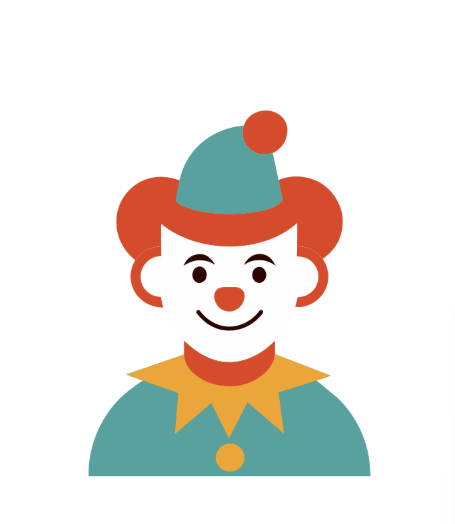
To whoever defaced our newspapers because we put Charlie Kirk’s death on the front page: move over. There’s a new clown to talk about.
In 2017, Warner Bros. released “It” into theaters, to an amount of success that had never been seen from a horror movie before. Now, eight years later, the town of Derry is about to rise from the sewers and haunt audiences again.
Fans are about to return to the franchise on Oct. 26 when HBO premieres its prequel series set in the same universe, “Welcome to Derry”. The series takes place 27 years before the events of the “It” movie, with Bill Skarsgård set to return as Pennywise the Dancing Clown to feast on a past generation of Derry.
Given Pennywise’s upcoming return on HBO (and in the spirit of Halloween), it’s worth looking into his original theatrical debut to see if it still holds up nearly a decade later.
Directed by Andy Muschietti with a screenplay written by “True Detective” creator Cary Joji Fukunaga, “It” is a movie that wonderfully explores fear, both how it’s experienced in children and adults. Everything from our abused and broken protagonists (aptly named the Losers’ Club) from the dangerously negligent setting of Derry, Maine is intended to provoke feelings of instability and peril.
While the best horror movies all explore fear in some format, “It” pays off in its journey because of the reality of its fears: as children, everyone was afraid of the Boogeyman—a physical, violent creature that wanted to do harm to you and your loved ones—but it’s only when people get older that they experience the fear of growing up and adulthood. Now those children are no longer afraid of the boogeyman, but they’re faced with the bleak reality of adulthood.
“It” dares to ask: what if a child experienced both?
Aside from the horror, “It” acts as a coming-of-age film in which children grapple with real, mature problems like child abuse and racism; additionally (and more memorably), there’s also a shapeshifting demon clown that likes to torment and eat kids. “It” enjoys the best of both worlds when it gives our vulnerable protagonists the most fantastical and the most realistic of conflicts, and that writing is where the movie truly excels.
Other strengths include the performances from our scrappy Losers’ Club, particularly that of Sophia Lillis’ Beverly Marsh and Jaeden Martell’s Bill Denbrough. Despite their age, these actors manage to remind the audience at every turn that these kids are experiencing the world’s darkness and have been doing so most of their lives. Of course, Bill Skarsgård gives one of the best movie villain performances of the 2010s in his turn as Pennywise the Dancing Clown, truly terrifying audiences in its ability to act as the personification of discomfort. He’s disgusting, violent and simply inhumane; everything you want in a villain, and definitely everything you want in a supernatural villain out hunting for children.
However, there are some low points of the film; the movie tells half the story of an 1100-page book and it shows. Despite a lengthy 132 minutes, “It” still feels rushed and unexplored in some areas, with some drastic decisions to change some of the book’s events feeling like they were done for runtime purposes over anything else.
One major change in the film’s adaptation is the way “It” tells its story. While the book flashes between two timelines—one where Pennywise fights the Losers’ Club as children and another where he fights them as adults—the movie elects to tell the entirety of the childhood timeline and leaves the adult timeline for its sequel, 2019’s “It: Chapter Two”.
I personally felt like this decision benefited the story because it allowed the first movie to explore childhood at its fullest and most innocent (or as close as you can get to innocent in these movies), while “It: Chapter Two” focused solely on the adult timeline without the book’s need to jump back and forth between the timelines.
The franchise remained dormant for years after “It: Chapter Two”, but “Welcome to Derry” aims to introduce Pennywise to the smaller screen to hunt new prey—this time, in the year 1962. Muschietti is returning to direct the first four episodes.
If you ever needed a reason to revisit Derry, this is it. The film is a masterclass in modern horror and suspense, and belongs on any college student’s Halloween horror list. You have my full recommendation to rewatch “It” before “Welcome to Derry” scares you all over again.
